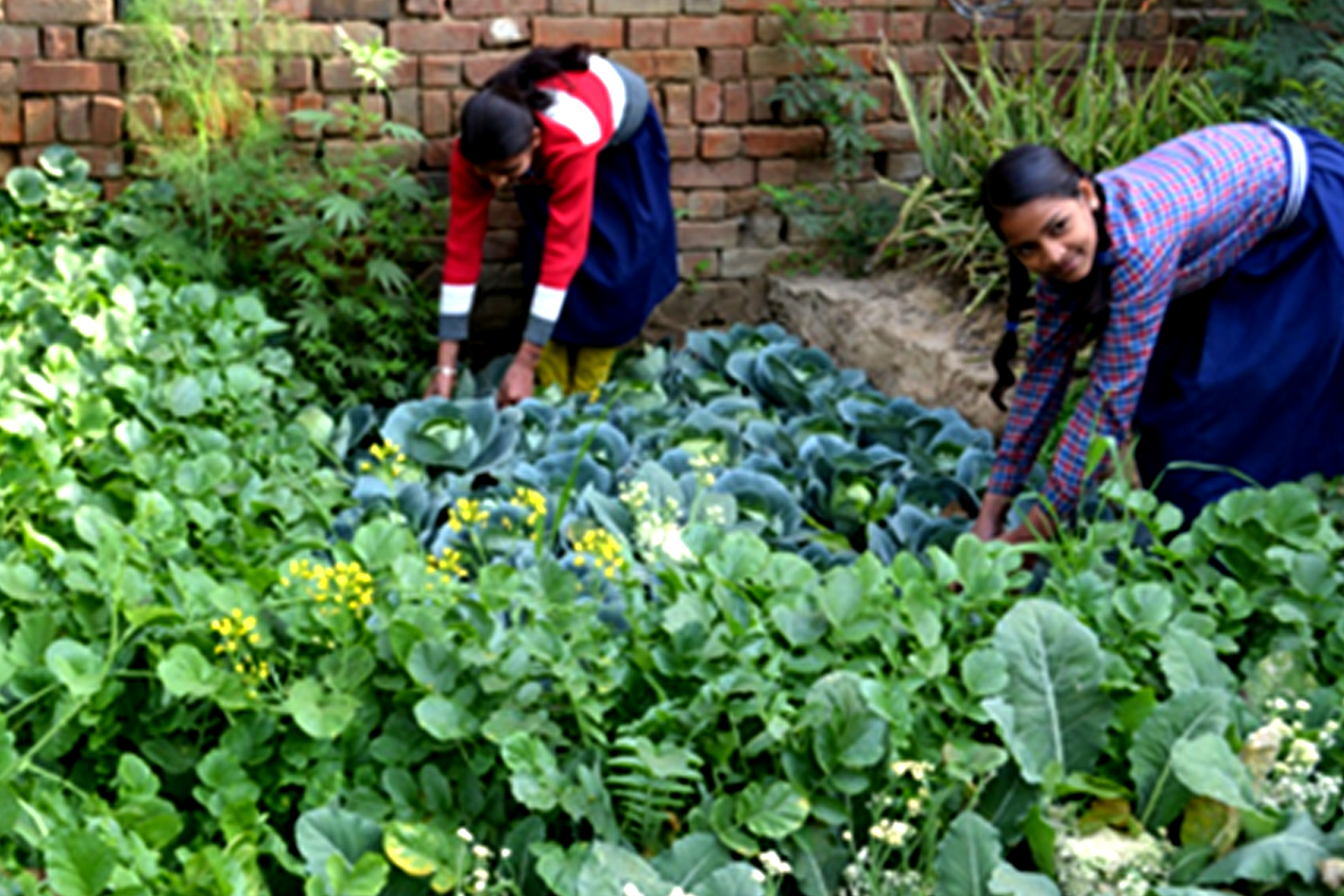
EDIBLE SCHOOL GARDENS
A tool to address nutritional insecurity among children?
IMPLEMENTATION OF EDIBLE SCHOOL GARDENS PROGRAMME – TOWARDS ENSURING NUTRITIONAL AWARENESS AND SECURITY AMONG CHILDREN
1.1. Importance of nutritious food for children in all stages of life
ALL INDIA POOR STATUS OF CHILD NUTRITION[1]
- 7 % of children 0-59 months stunted; % higher for SC/ST (RSOC 2013-14)
- 1 % of children 0-59 months wasted; % higher for SC/ST (RSOC 2013-14)
- 4 % of children 0-59 months underweight; % higher for SC/ST (RSOC 2013-14)
UTTAR PRADESH- DENSEST STATE UNDER SEVERE MALNUTRITION
- Uttar Pradesh state has 62 % of stunted and 45 % of underweight children in its child population[2].
- According to the Union ministry of Women and Child Development, UP is among the worst performing states in the area of underweight and malnutrition among children between the age group of 0 to 6 years.[3]
- 5% of the total children who were identified as beneficiaries of the supplementary nutrition programme under ICDS were underweight, with 62,728 falling in the Grade III and IV – severely malnourished – categories. The UP figures are also considerably higher than the national average of 28.4 %[4].
Access to adequate food is important, especially during childhood, since lacking nutritious food has severe consequences for the children’s future. Vegetables and fruits are essential suppliers of micronutrients such as vitamins and minerals as well as complex carbohydrates. That’s why an edible school garden in the small village Raipura Nyaya Panchayat of Firozabad District of Uttar Pradesh with a high prevalence of malnutrition in children can be a great chance to improve their nutritional status which results in an adequate physical and mental development.
Malnutrition is a vicious cycle that can go around from young to old inclusive women within one family. In Raipura, there are 2200 boys and 950 girls which has been turned into glass bangle making hub with almost 90% children work in the Bangle cottage industry as child workers while attending school. In this village, there are small farmers who own meagre landholding, and landless agricultural labourer – both engaged in agricultural operations, growing wheat, potato, and vegetables, with rich milk producing livestock nevertheless, they are malnourished, anaemic, pale and gloomy. The village has the caste composition of 52% Dalit -historically most marginalized – 25% Backward Communities, 18% Rajput’s and 5% Brahmins- upper caste communities, thus the neediest. Though most of the villagers are small farmers who also rearing livestock, nevertheless, quality information about the nutritional value of food, food processing and complimentary nature of micronutrients are lacking among women and children.
1.2. Establishment of two Edible School Gardens
The short-term pilot project “Edible School Gardens” had been implemented from October 2016- January 2017 in a private school and an upper primary Government school – both came up with the support of The Child Trust and financial support of German Embassy.
Report on German Embassy Website
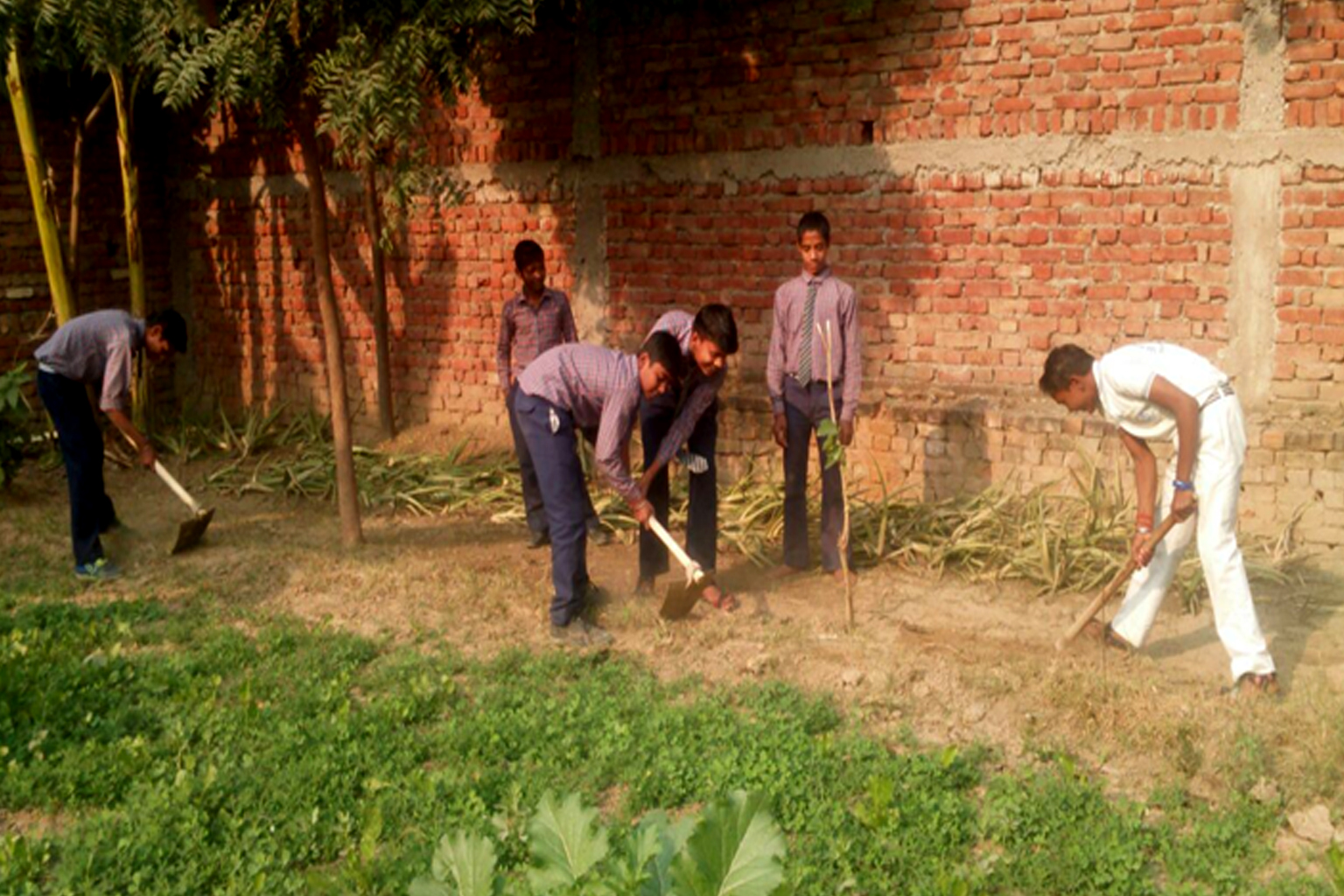
1.3. Promising Outcomes -A short-term but lasting impactful project and follow up
Around 50 children were engaged in developing, nurturing edible school gardens in these two schools. They had weekly learning modules in the school for one hour to acquire knowledge and skills on nutritious food, small gardening and farming to be aware of nutritional security.
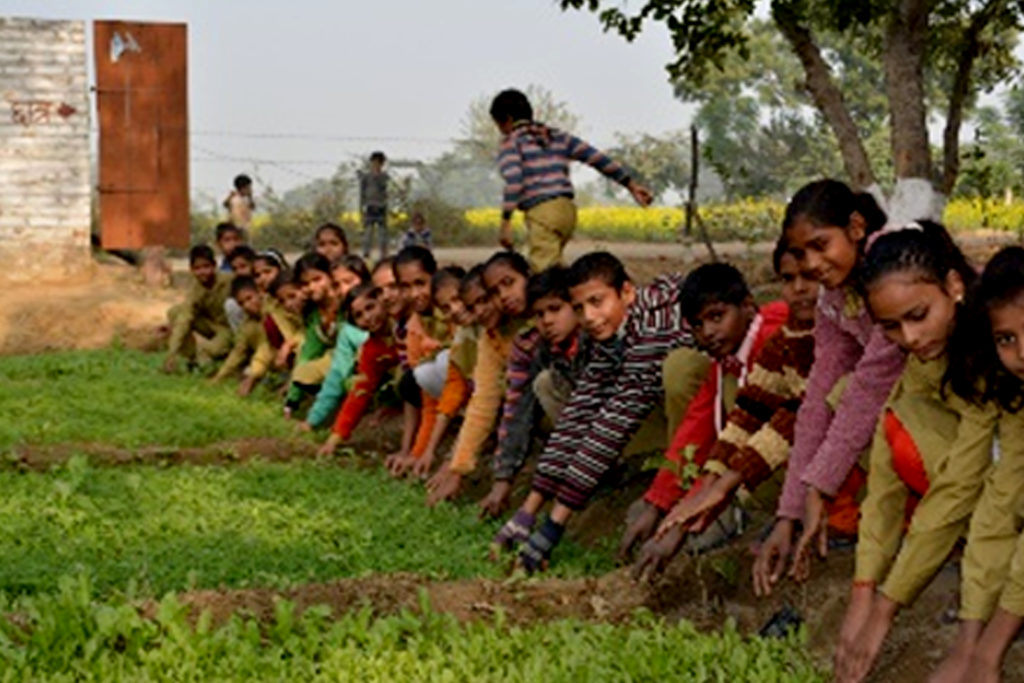
Teachers, children, parents, and other village stakeholders have shown a lot of enthusiasm and motivation to create those edible school gardens in an eco-friendly environment and to create green neighbourhoods’ and to spread consciousness of local food with nutritional values as well as health awareness of food as medicine. Those results and feedback are indeed revealing the natural passion and genuine encouragement of children, teachers, and community members – specifically parents.
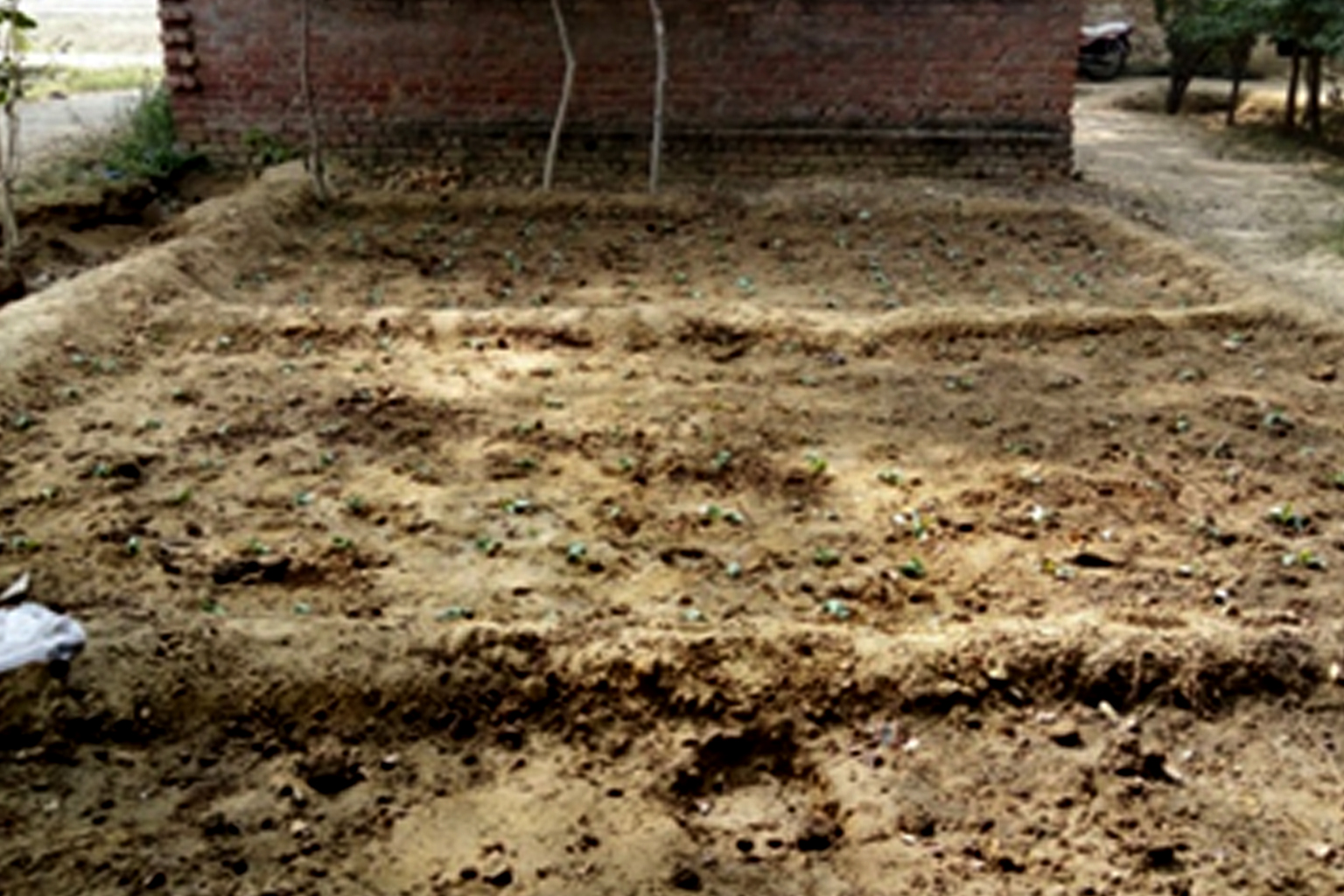
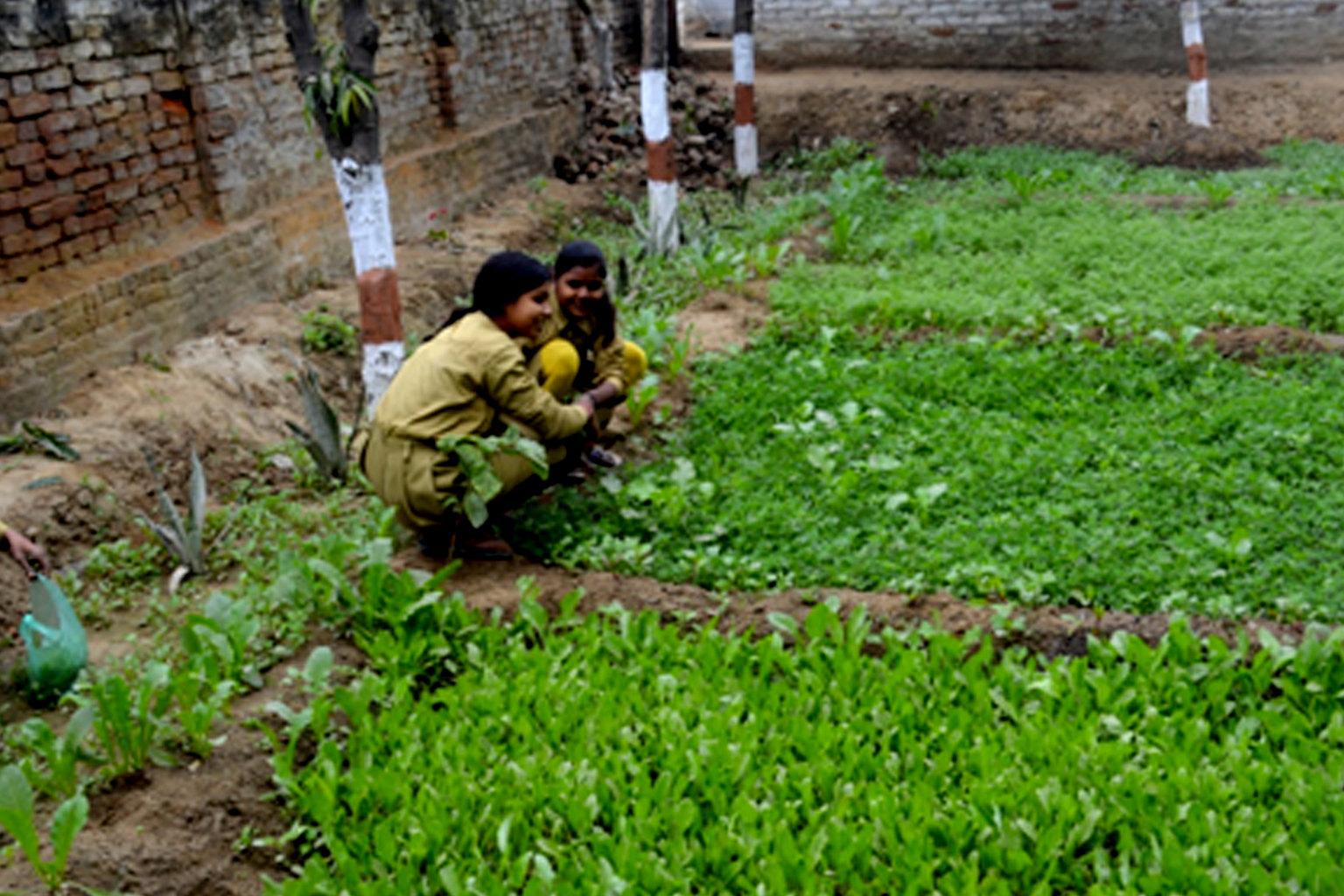
Changes in “Self”
- It is found that the students from both schools were well informed about the benefits of consuming green leafy vegetables such as spinach or broccoli for 6/6 eye sight, adequate percentage of iron in the body
- All students from both schools reiterated that presence of edible garden in their backyard is very much responsible for the changed ambience and aesthetic landscape of the school in the neighbourhood. The lush greenery followed with a cool climate because of plants often forced students to stay after school hours only to observe the changing beauty of nature and serene environment encouraged them to concentrate on their studies and homework.
- A young boy named Rohan pointed at a gooseberry tree by saying, “I planted this and I look after it by watering it every day. Often, I sing a song as well for fast growth and can’t wait to taste the fruits”
- One of the girls, Khushi said, ”I spend one hour every day at the school garden to observe the water the plants and perceive their growth. This has encouraged me to plant the same plants in my kitchen garden as well”
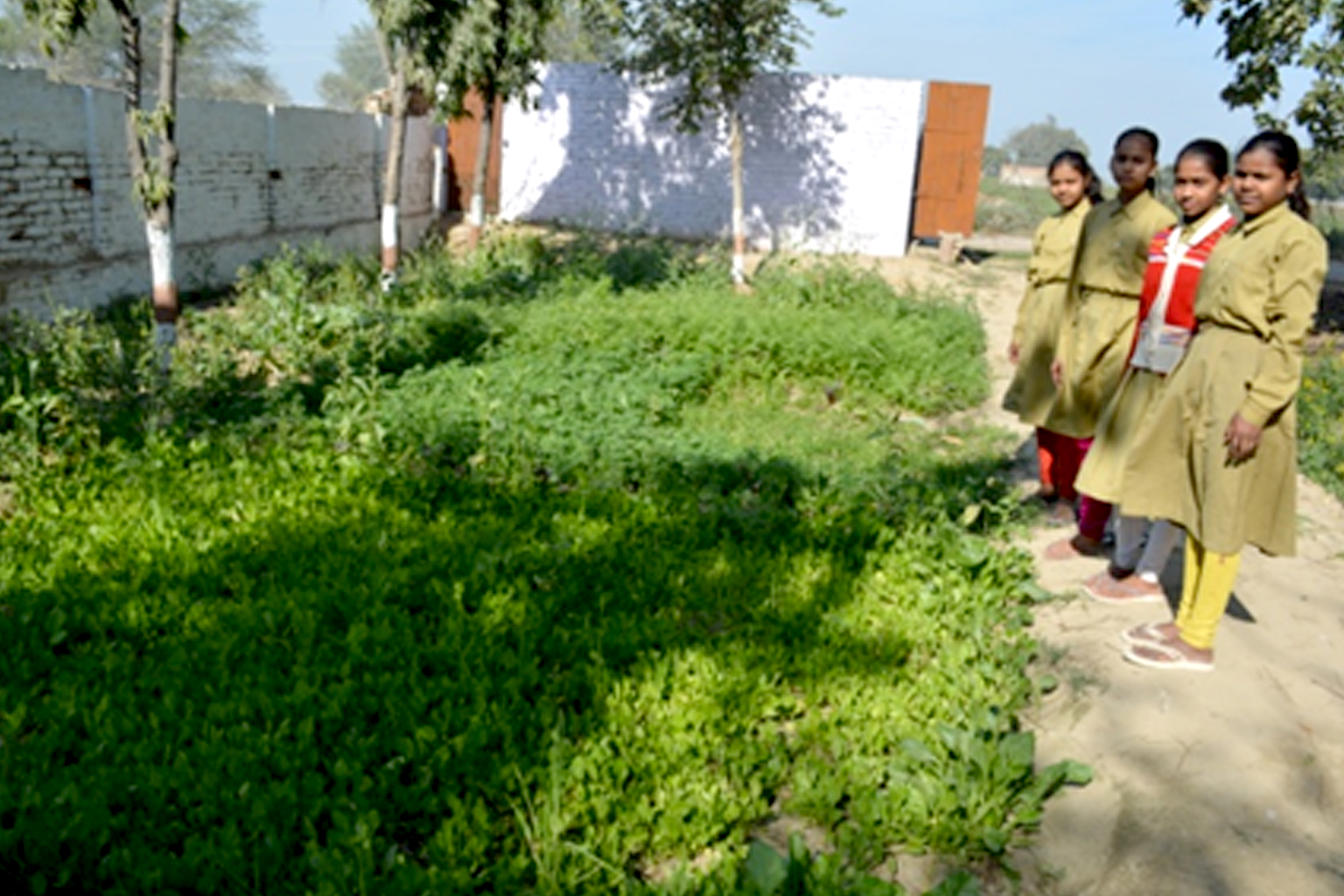
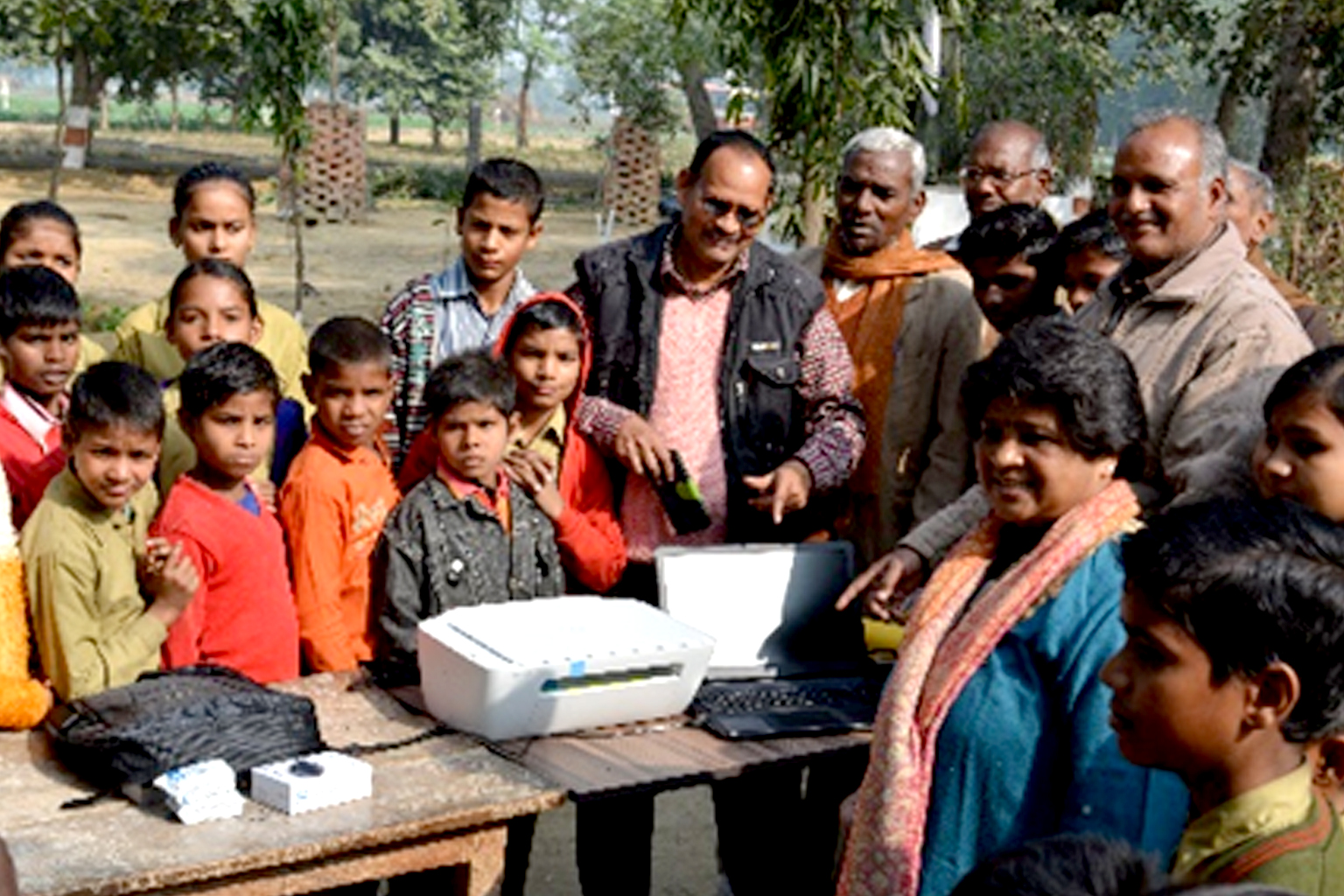
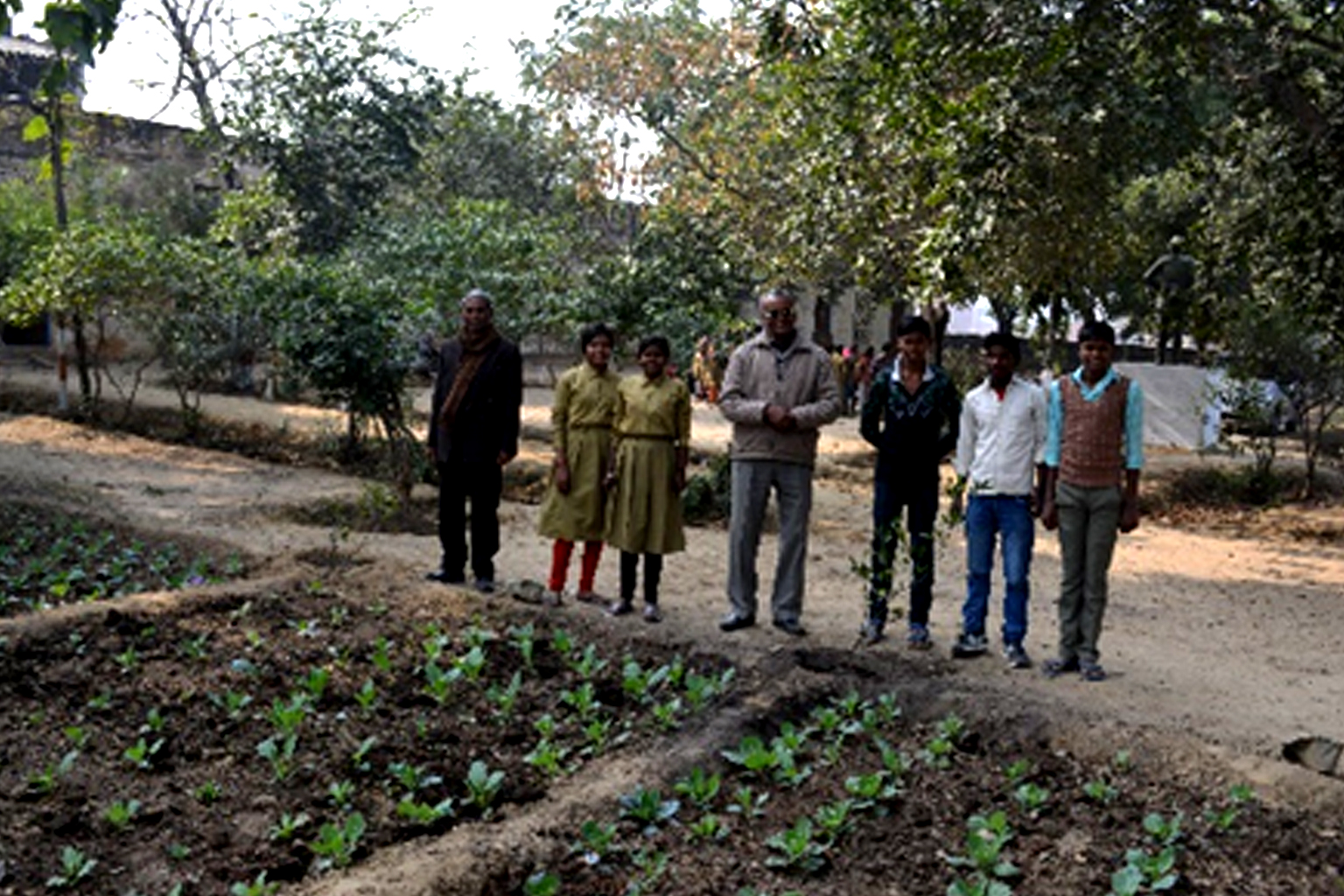
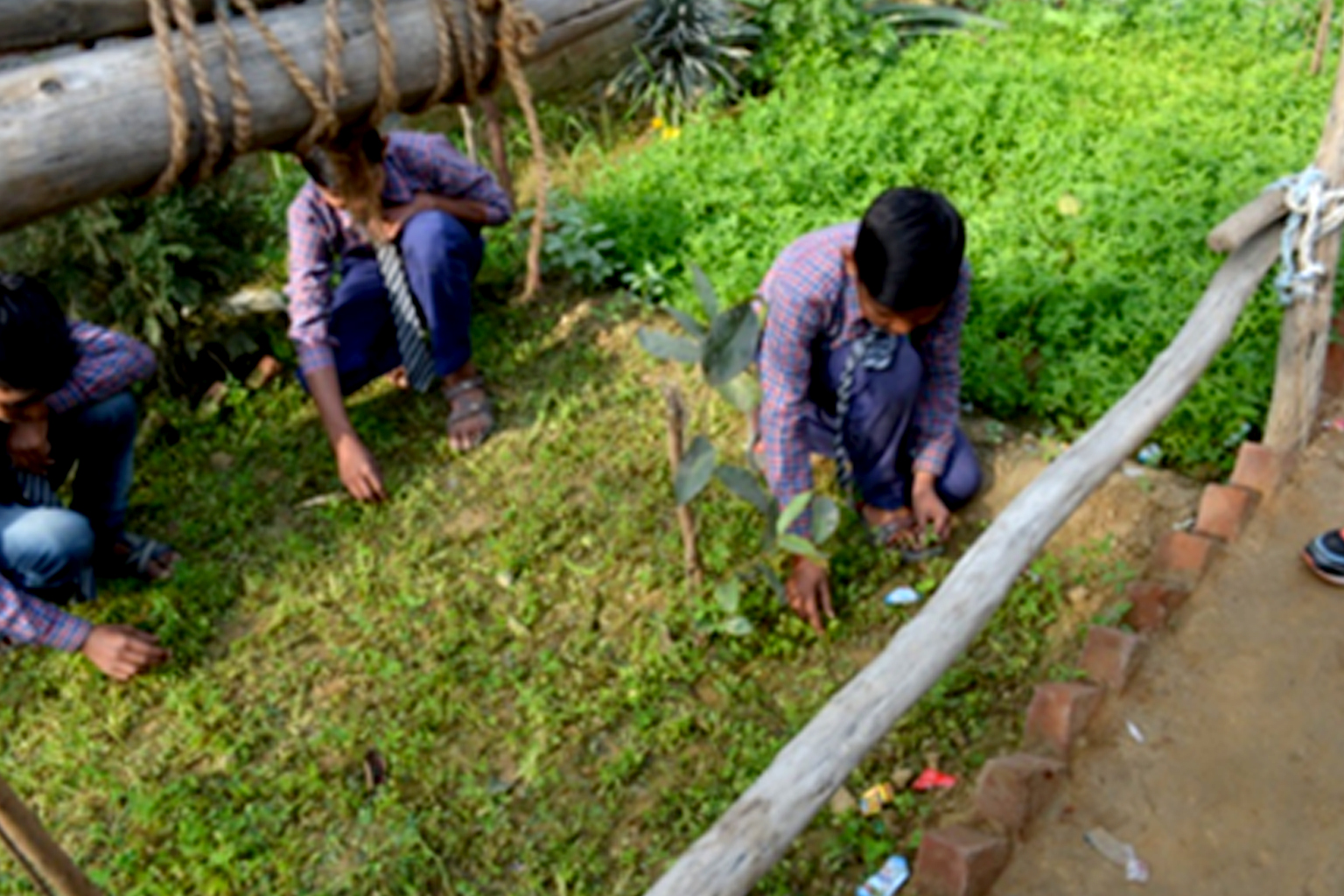
Resource Hub and Digital Literacy- Changes in the neighbourhood and community
- TCT handed over 2 laptops with mouse and 1 printer to the school authorities to promote e-learning and build a knowledge hub for the village community at large. This resource hub led local communities to access government schemes and checking on Minimum Support Prices for farm produce and others. By visiting school regularly and applying for welfare schemes- a pertinent of wave of change was noticed and appreciate while interacting with school authorities. This was also the time when parents/ well-wishers communicated with teachers urged them to take steps towards green transformation and interact with the teachers on student progress card.
- Sona’s mother Shashi was a regular visitor to the resource, as she said, “Applied for my Aadhar Card from this laptop and here is the proof. Now, I will come again for to check on latest policies for welfare. This has surely helped me and many others.”
Demand for further EDIBLE SCHOOL GARDENS
Seeing this module contributing a positive change, they expressed their demand to replicate this edible school gardens and to expand the idea to a community edible kitchen garden in Raipura. To sum up, this project has created a positive mindset and encouraging “self” among children, “hope” among teachers about the inherent talents as well as skills of students in the school hitherto invisible, now it has been visible, “transcend” that positive energy among parents to locate their nutritional security, environment and symbiotic living with their land, agriculture and nature too.
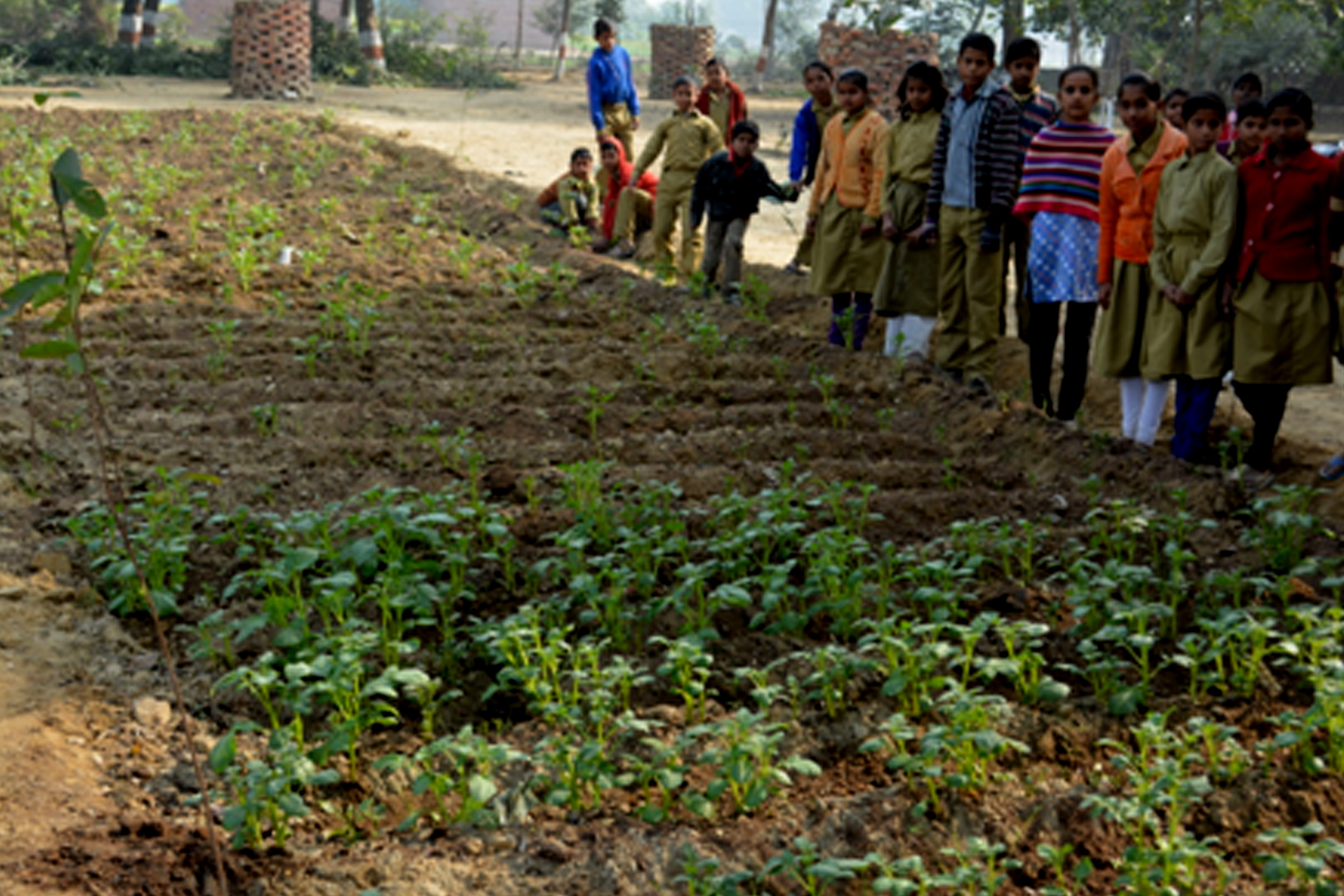
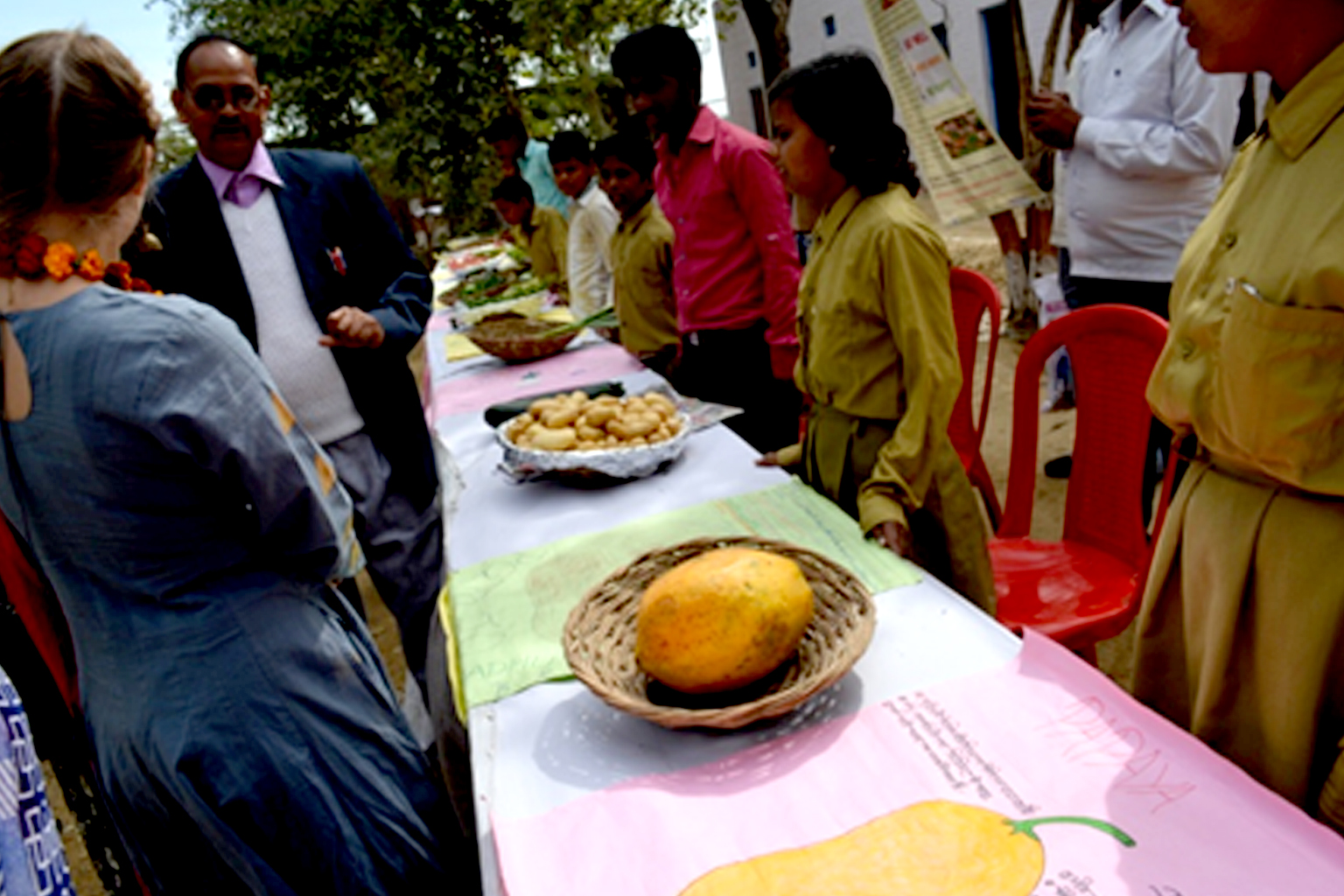
References
[1] National Plan of Action for Children 2016
[2] http://www.deccanherald.com/content/496808/malnutrition-high-9-states.html
[3] http://timesofindia.indiatimes.com/city/lucknow/UP-among-worst-performers-in-kids-malnutrition/articleshow/39786370.cms
[4] Ibid.
